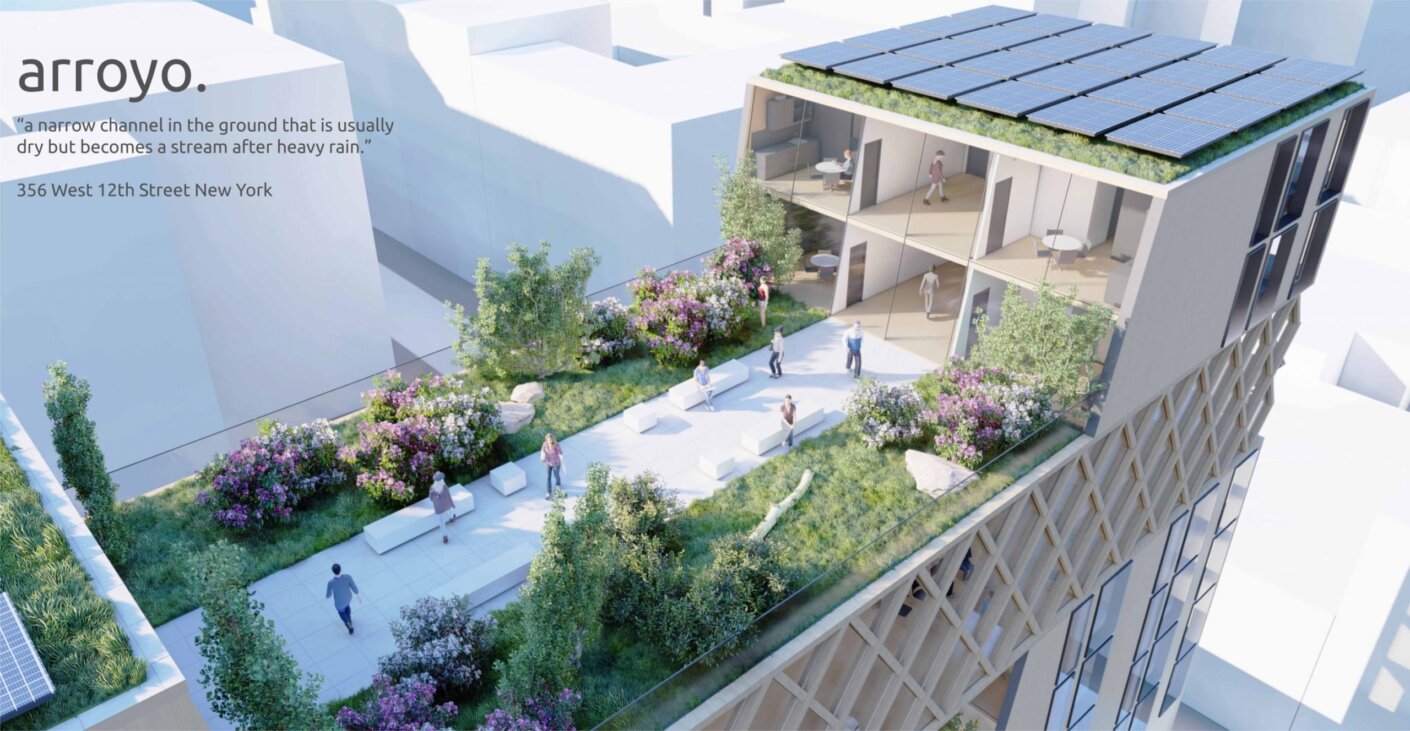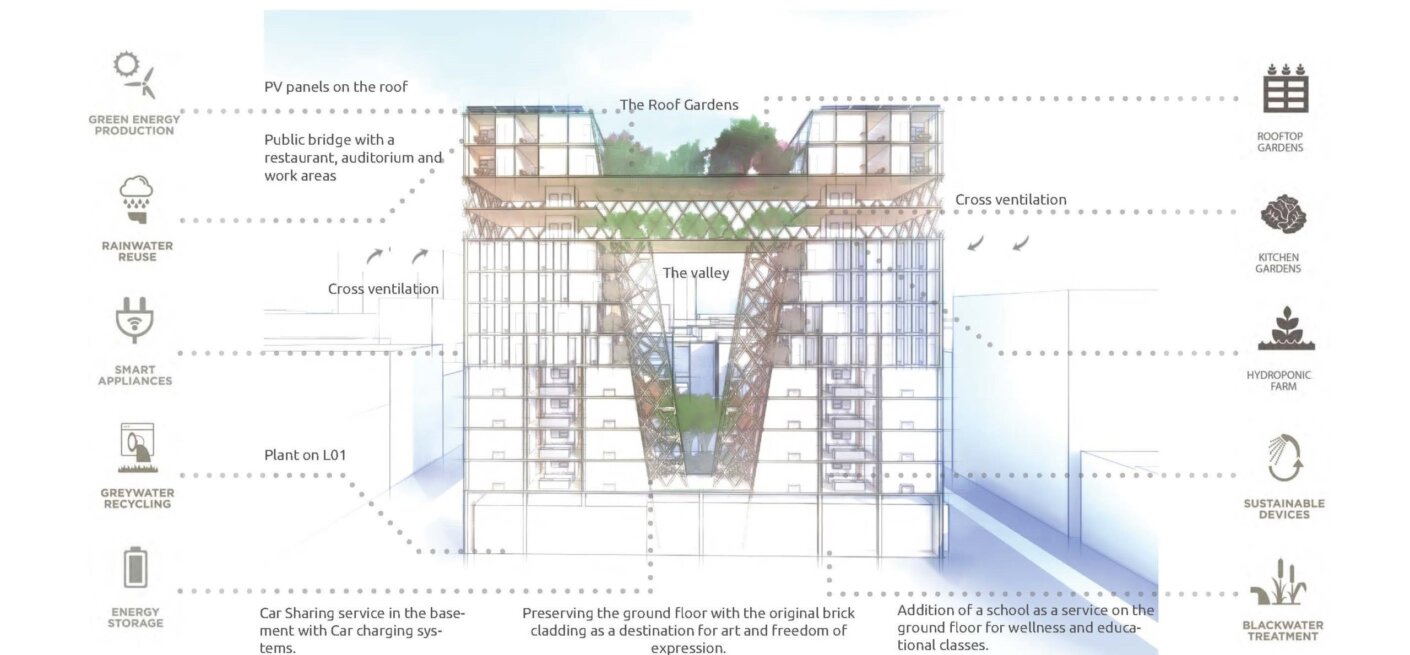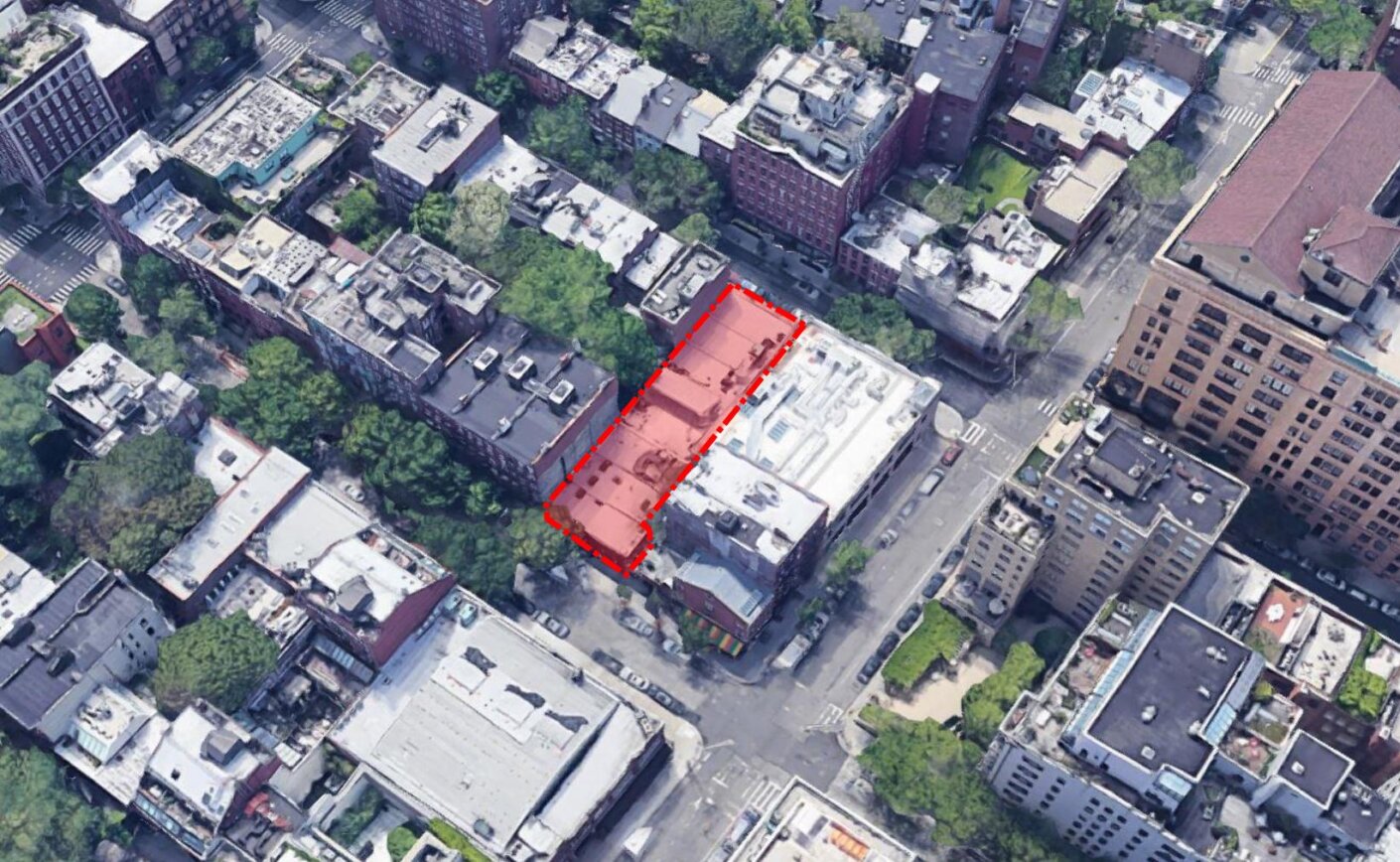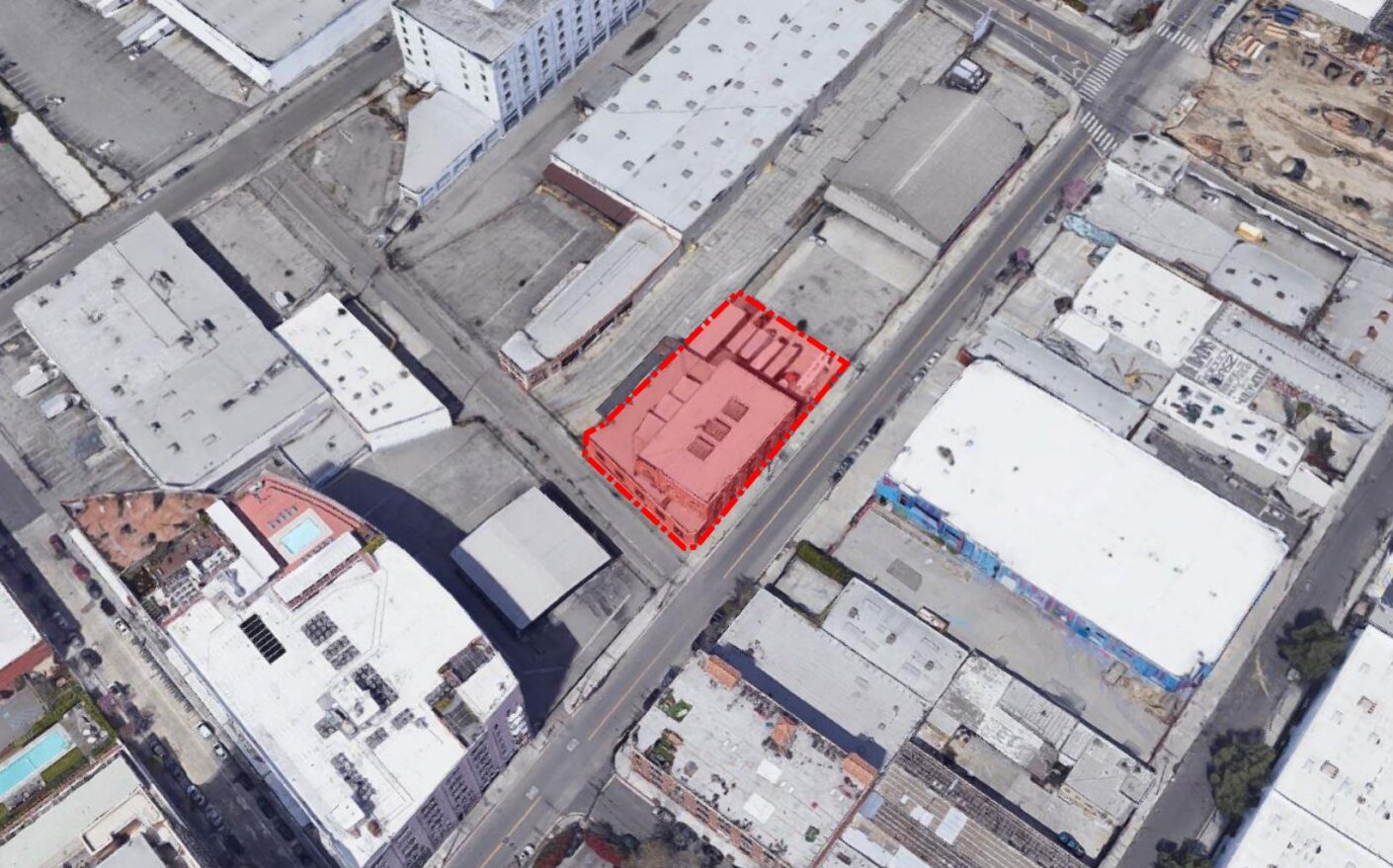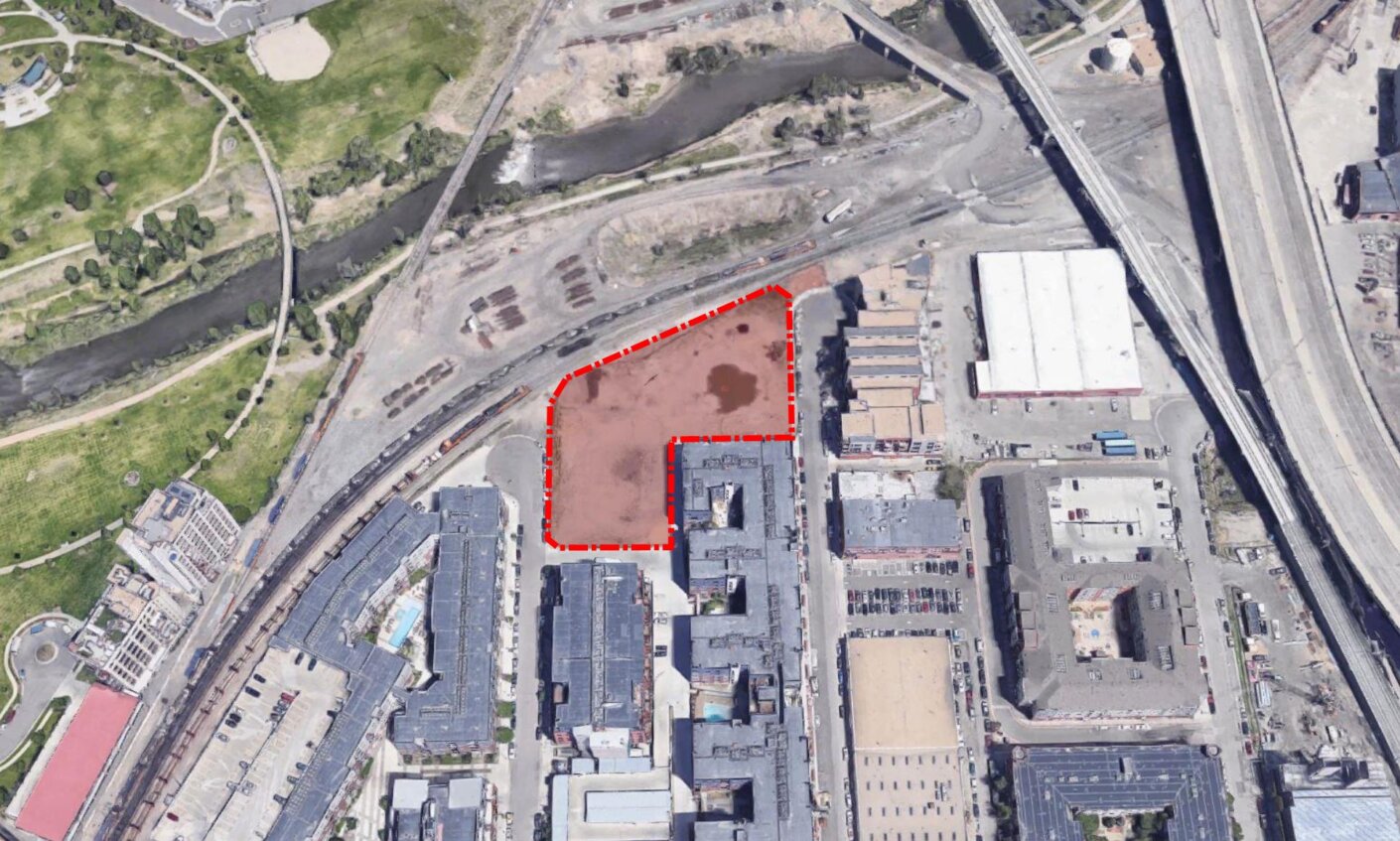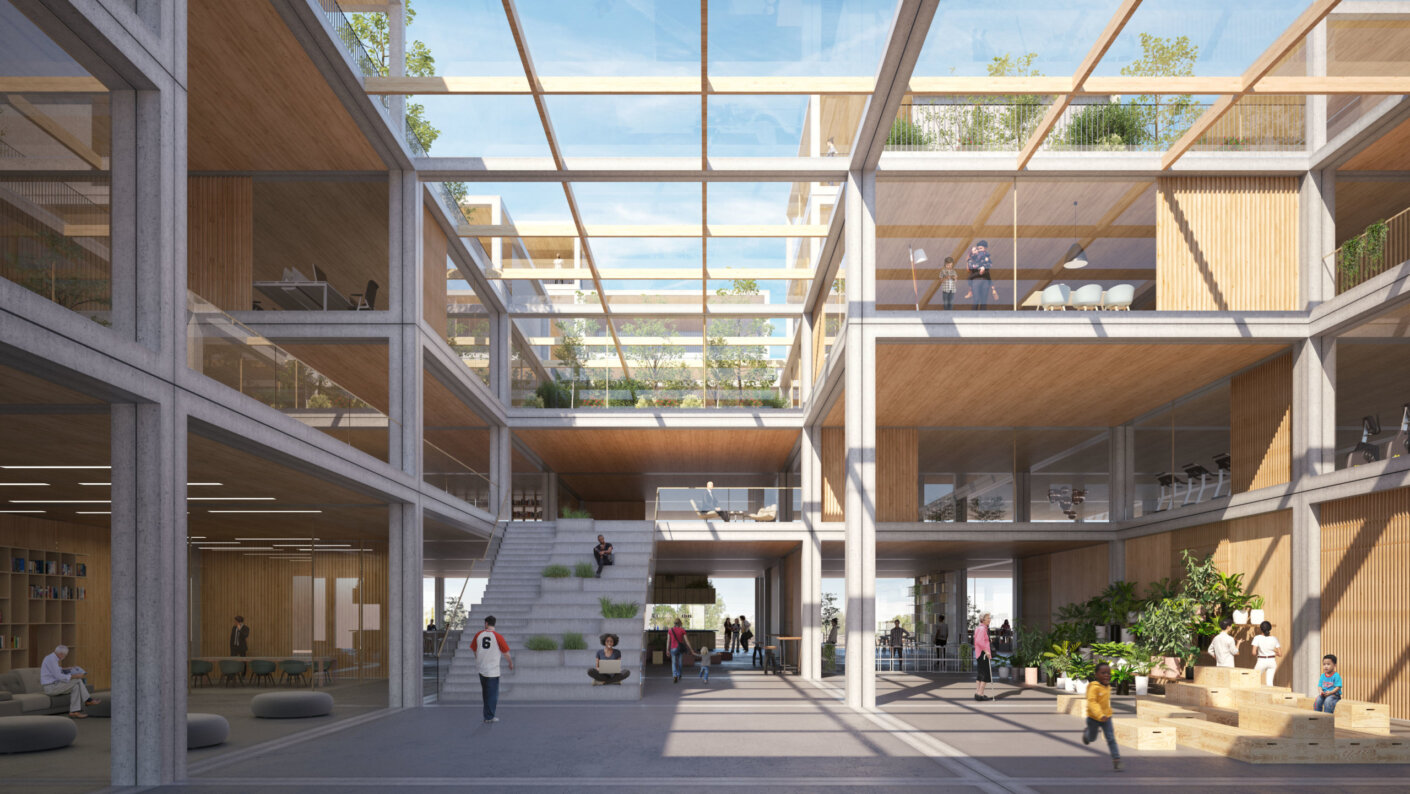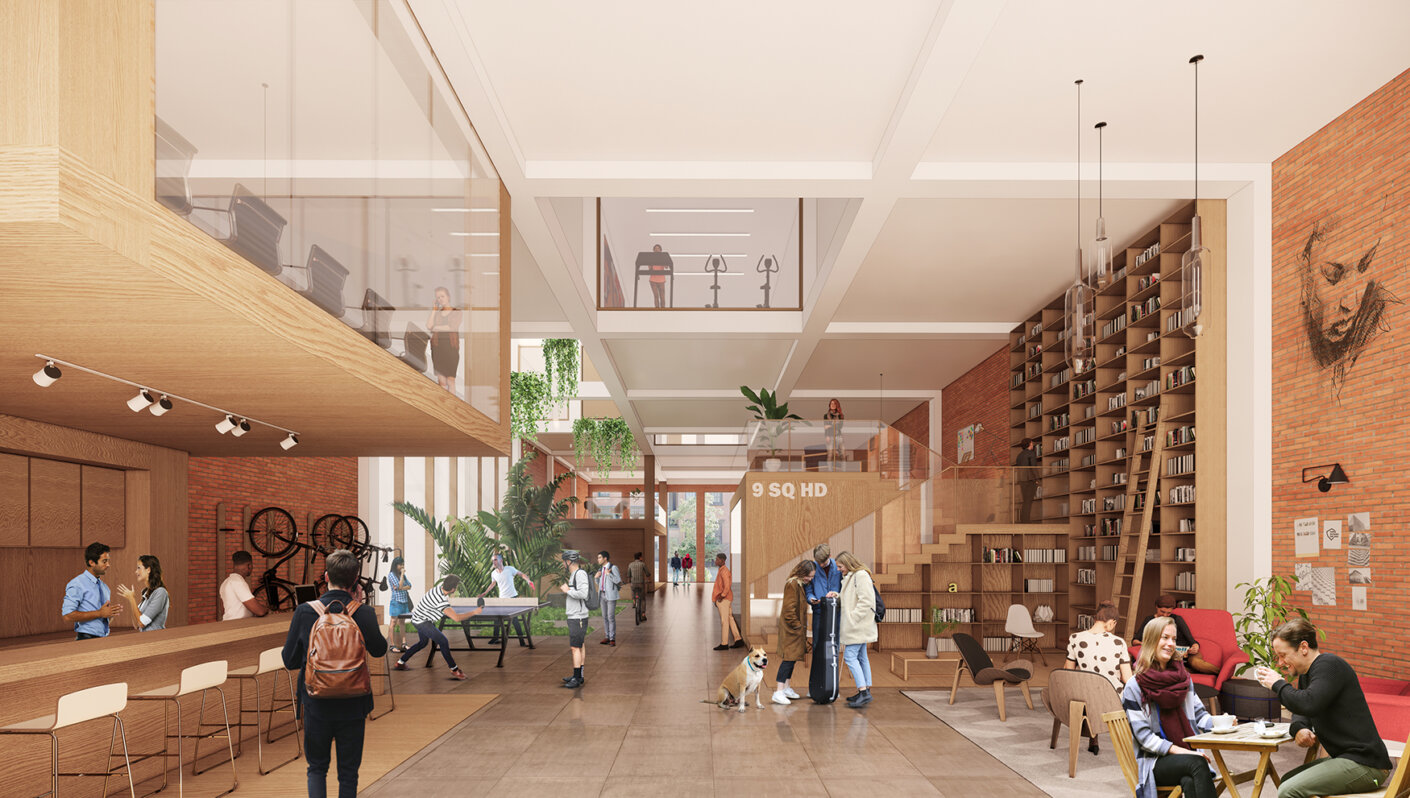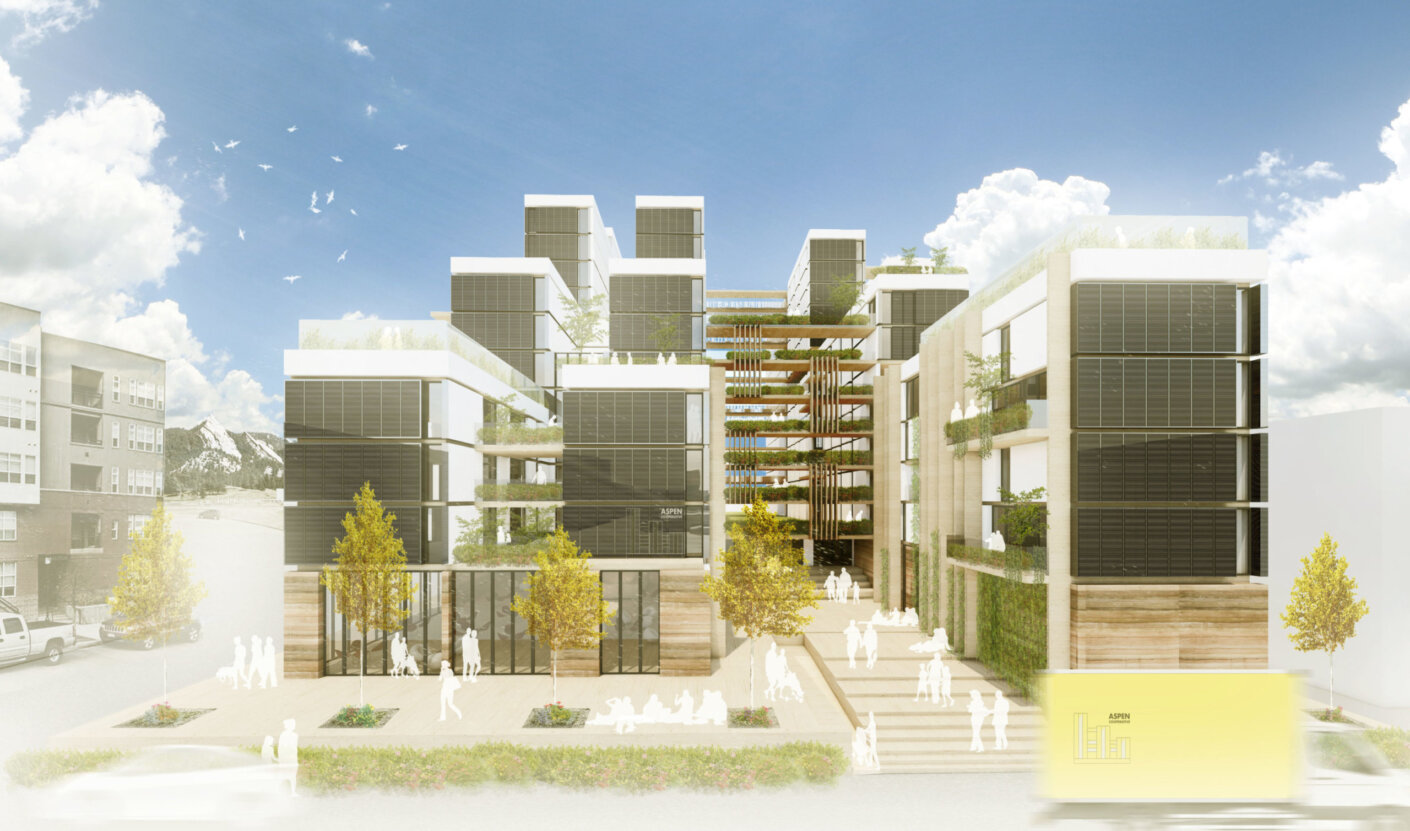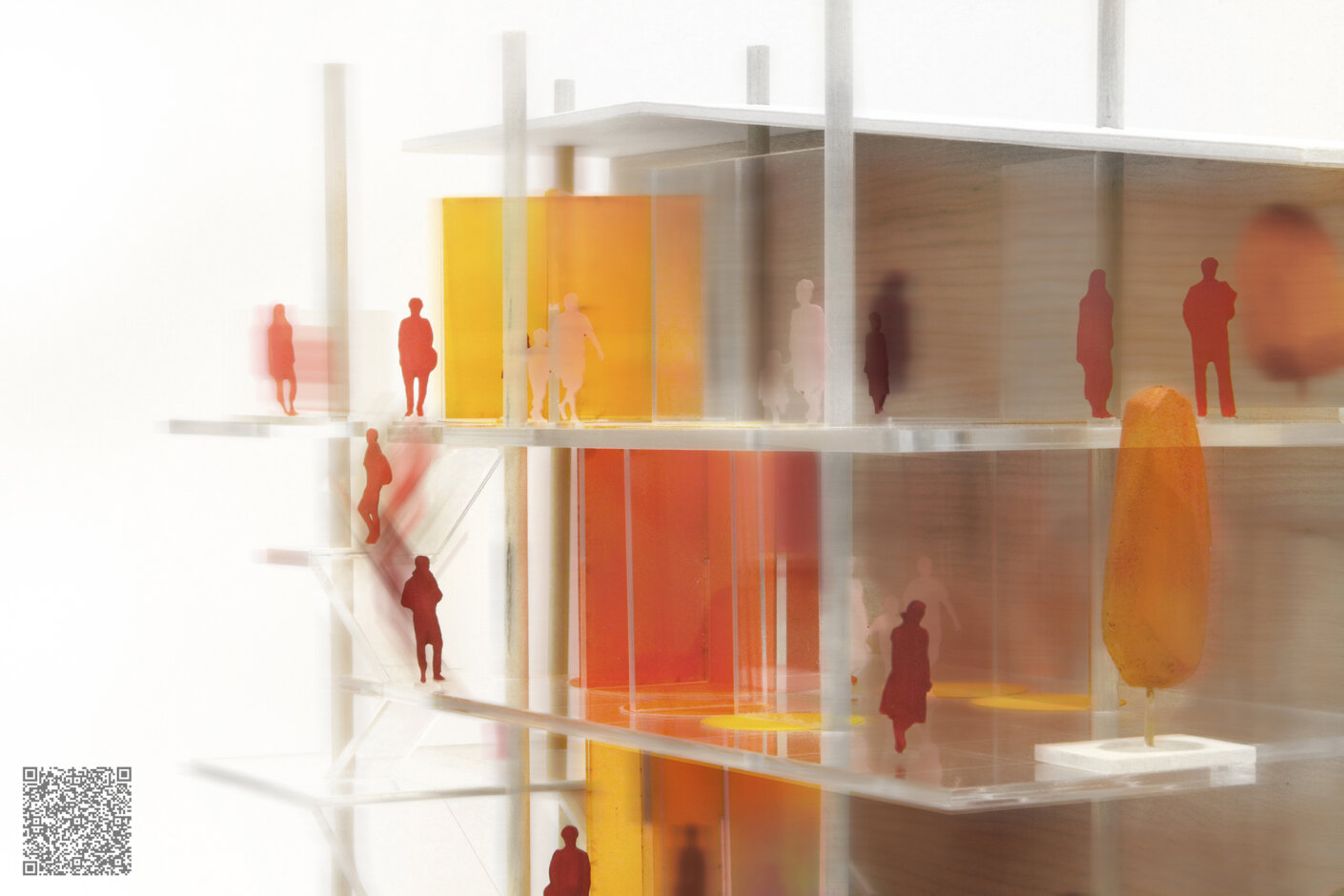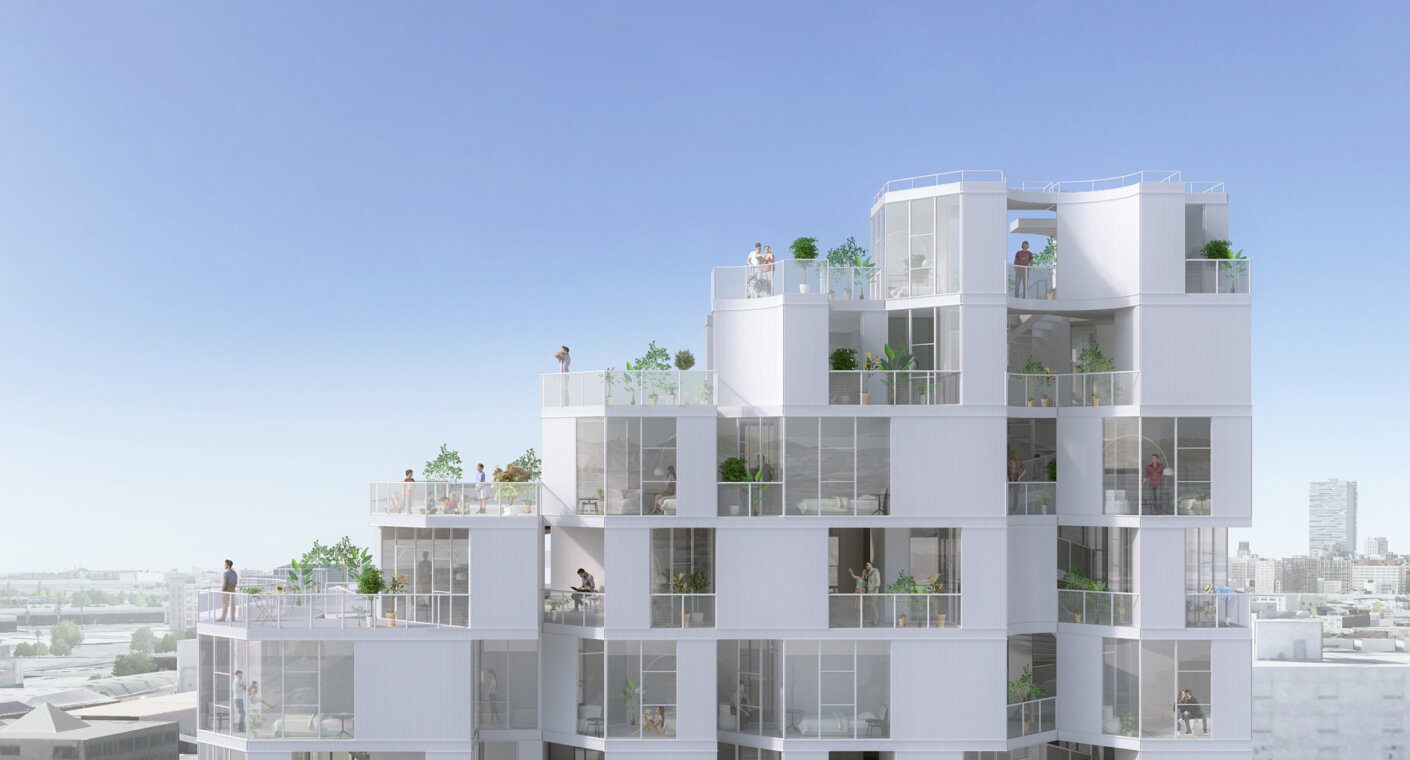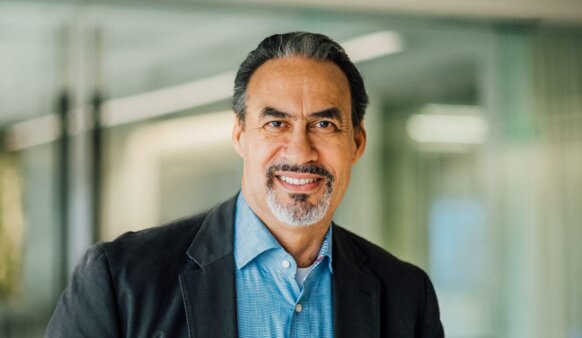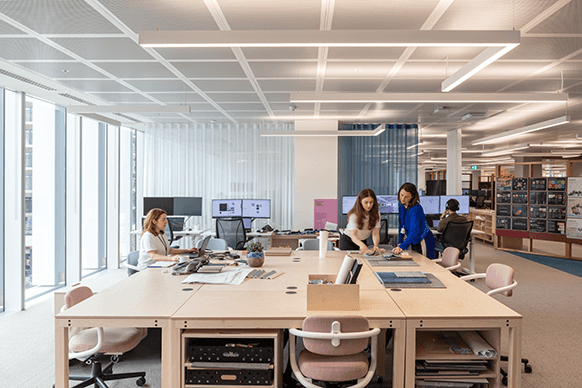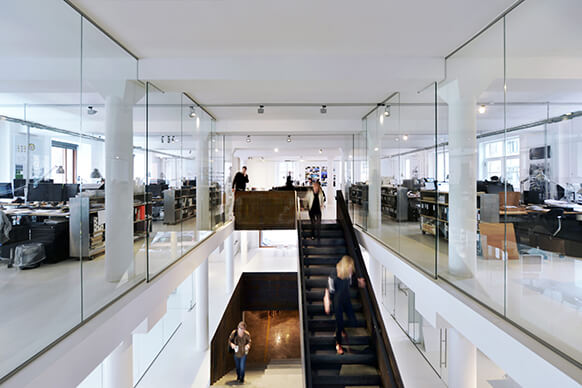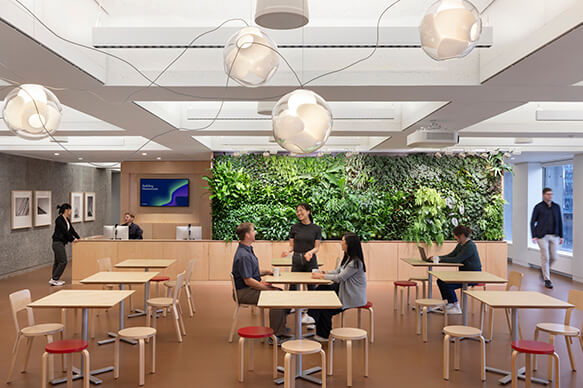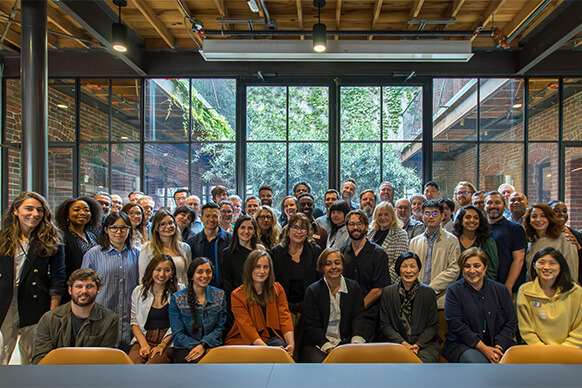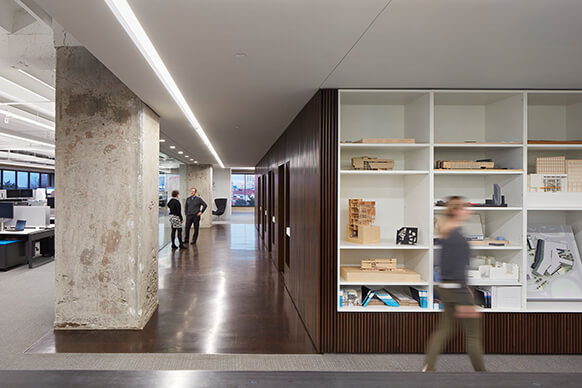The Design Challenge: Co-Living
The annual Perkins&Will design competition, formerly known as the Design Leadership Council (DLC) Design Competition, was renamed in 2019 after our beloved late colleague Phil Freelon—a lifelong champion of architecture that honors humanity. This year’s challenge addressed the dire need for affordable housing—a growing humanitarian crisis in cities across the U.S. Research has shown that nearly half of all renters in America are cost burdened with prohibitively expensive rent, and that rising rents drive up rates of homelessness.
The concept of co-living is being reimagined in our growing technological age as a solution to address high costs of living. It also accommodates a desire for greater flexibility among temporary and permanent urban residents. To contribute to the value of this emerging industry, sixty-eight design teams from around the firm accepted the challenge to create an affordable co-living concept that incorporates a shared economy, social networking, collaboration, and increased density. Economic inclusion, equity, well-being, and resilience were key design criteria.
Teams were free to choose from one of three real-life sites: an industrial building New York City’s West Village neighborhood; a vacant asphalt lot in the historic Lodo area in Denver; and an industrial warehouse in downtown Los Angeles’s arts district. In addition to addressing unique site-based challenges, such as adaptively reusing existing infrastructure, the teams also had to consider ways to handle geographically specific environmental challenges, including sea level rise, flooding, and extreme drought. Teams had four days to conceptualize, visualize, and finalize their proposals. Then, a distinguished panel of jurors from outside Perkins&Will assessed each submission and selected the winners.
Arroyo took first place because of its practical yet innovative solution to providing affordable housing for a diverse range of people, jurors said. Despite its density, the design team was able to weave outdoor space throughout the entire building.
“The form is iconic,” said Rebecca Rudolph, co-founder of a Los Angeles–based women-owned design firm and one of five independent jurors of the competition. “It’s visibly different from the street level and it brings the landscape up and inside of the building.”
